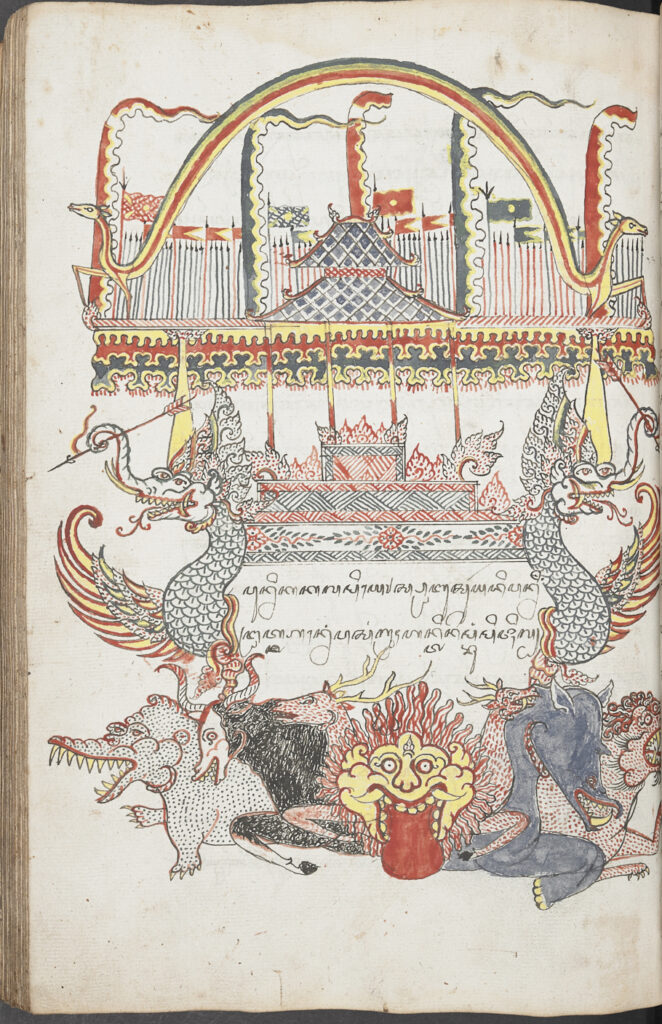
One of the crucial problems in philology is deciding whether a manuscript is a new creation or an attempt to create a faithful copy of an already existing text, but it is often hard or even impossible to solve this problem because of a lack of information either in the manuscript itself or from external sources. One of the clues that may help solve this puzzle are the mistakes and corrections the scribe or others have made in the manuscript, either at the time of composing/copying, or at a later stage. Another clue may be the actual number of mistakes: if only a few errors are found it may either be due to the faithful copying of an existing manuscript, or the sign of an expert composer who made very few mistakes while creating the text (see Van der Meij 2017, Ch. 5). Combinations are, of course, also possible, and part of a manuscript text may be copied while other parts may be new or partly new creations. Another thing that can help to understand the production process is an assessment of other manuscripts made in the same culture. Some of these philological issues will be explored through the study of errors and their corrections in an early 19th century Javanese manuscript in the British Library, Sĕrat Jaya Lengkara, Add 12310.

Read the full article on the British Library’s Asian and African studies blog.

Academic Advisor of the Digital Repository of Endangered and Affected
Manuscripts in Southeast Asia (DREAMSEA) Programme

Leave a Reply